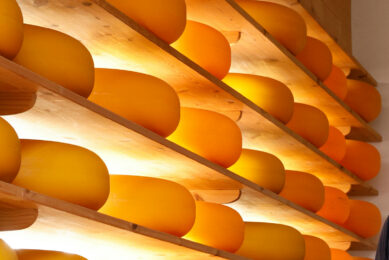Bel Group steps up dairy sustainability efforts

The French dairy processor Bel Group is launching its Global Sustainable Upstream Dairy Charter, to focus on inventing sustainable farming models with all its relevant dairy industry players.
The plan is jointly prepared with WWF France and encompasses 6 strategic drivers, among which are pasture grazing and local and sustainable animal feeding. It will guide the evolving practices of Bel Group and the dairy producers with whom Bel works through 2025. The charter marks a new milestone in a partnership that has brought Bel and WWF France together to promote responsible dairy farming.
Opening the door to innovative practices
The Bel Group has 12,700 employees in some 30 subsidiaries around the world, 32 production sites and distribution in over 130 countries. The group collects nearly two billion litres of milk annually from its 2,650 partner producers in 10 dairy supply basins across the globe. Bel has been actively committed to Corporate Social Responsibility (CSR) for over 15 years, and wants to contribute to dairy production that cares about humanity and preserves the planet’s resources. Through the charter, the Bel Group is opening the door to innovative practices, co-constructed with dairy farmers to encourage sustainable farming and create value for dairy industry players and consumers alike.

Focus on 6 strategic areas
The charter will be deployed in all 10 of the group’s dairy supply basins, in cooperation with dairy farmer partners, and will take into account farming practices as they have evolved locally. To establish practices that are increasingly innovative and adapted to the group’s various supply regions, Bel will leverage pilot farms.
The goal is threefold:
1. Identify already established and innovative approaches to responsible dairy farming among volunteer Bel dairy producers,
2. Assess these practices in terms of sustainability, profitability and feasibility,
3. Share these practices and deploy them to other dairy farmers.
The Global Sustainable Upstream Dairy Charter sets ambitious numerical targets in 6 strategic areas. Also targets for each driver have been set. These can be found in the interactive image below.

Join 13,000+ subscribers
Subscribe to our newsletter to stay updated about all the need-to-know content in the dairy sector, two times a week.










